A horizontal ball mill can be used as in a lime slaking circuit just as well as a vertimill.
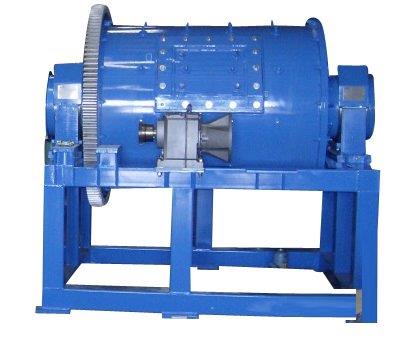
Some operations apply the raw quicklime directly to the ore on the belt moving toward further crushing or grinding. In this application, it is necessary only to have a suitable lime storage tank with a live bin bottom and a means for metering the lime from the tank to the ore. Such metering devices may be screw conveyor, belt conveyor or star valves. An activated bin bottom on the storage tank, commonly referred to as a live bin bottom, is very desirable to promote, uniform discharge from the tank. The lime is thus intimately mixed with the ore and slakes to form hydrated lime when it comes in contact with the cyanide leach solution.
When mill practice requires that the lime first be slaked and made into a water slurry, the design engineer will find a wide variety of lime slakers available. All of these reject most of the inert material in the line except the ball mill slaker which grinds the core, which then reports with the lime slurry. Because of the high reactivity of the lime available, it has been found practical to slake lime in a common steel agitated tank. Slaking temperatures as low as 120°F have been found practical, although a slaking temperature in the range of 160°F is preferable. The tank slaker may also be used for lime slurry storage if the batch is sufficient to last a desirable time. The slaked batch may be recycled over a screen for rejecting core or the tank may be drained and the core flushed out of the bottom periodically.
When pumping a lime slurry to point of application, it must be borne in mind that calcium hydroxide has an inverse solubility. If the slurry temperature increases during transit, calcium hydroxide will precipitate from solution and scale the walls of the transport line. For this reason, it is common practice to use flexible lines for slurry transport. Much has been published on the handling of lime from kiln to point of use and the design engineer has this information at his finger tips. The use of lime for pH control in gold recovery operations experiences almost no problems and should a problem develop, it is easily solved.
When large quantities of lime, say in the range of 100 tons per day, are required, a captive lime plant has often been considered. If high quality limestone and fuel are readily available near the mill site, the idea of a captive lime plant may seem attractive. However, over the years, captive lime plants have not been very successful. The art and science of lime production is usually not compatible with the chemical process using lime. The occurrence of suitable limestone and fuel on, or near location is the exception rather than the rule. Also, when the raw limestone is crushed to a suitable size for kiln feed, between 20 and 30% of the raw stone must be rejected as quarry screenings. Such screenings find little or no market.
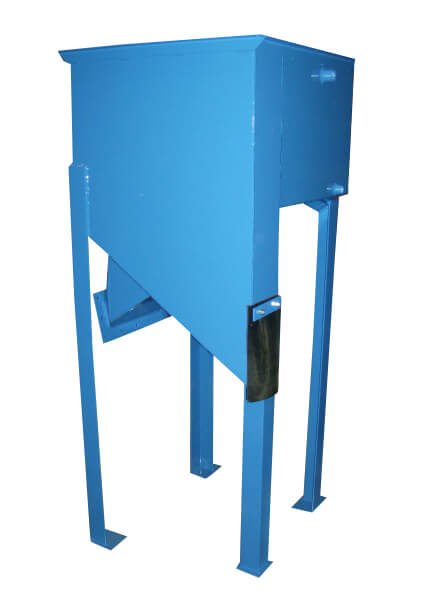 |
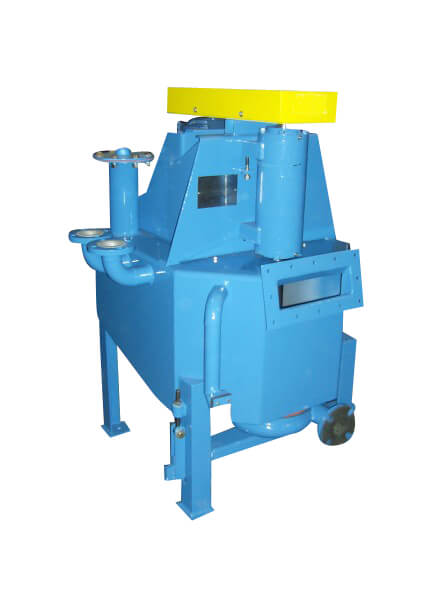 |
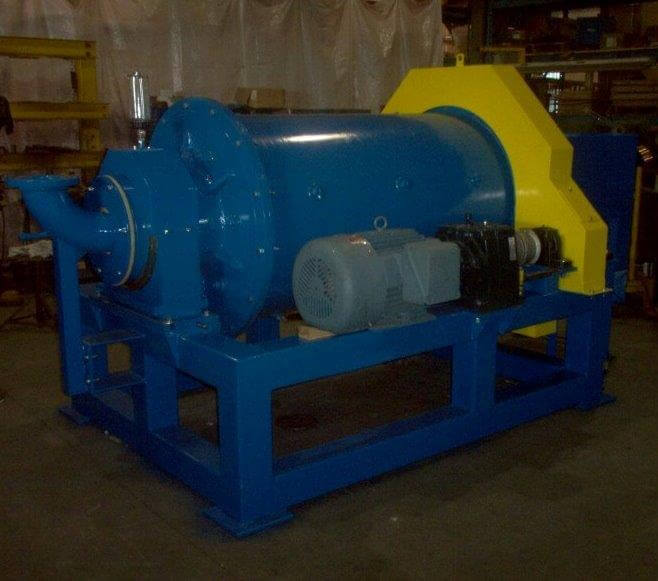 |
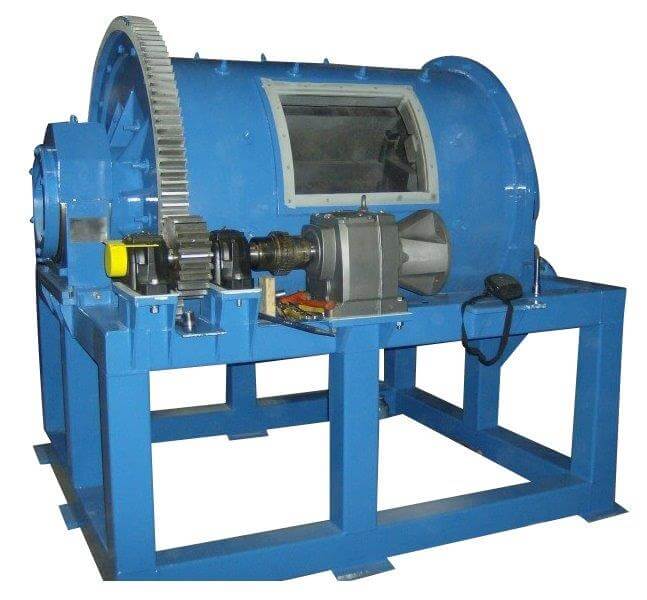 |
